The Effect of Lighting on Dining Perceptions
10 min read Explores how lighting influences diners' perceptions, mood, and overall experience in restaurants and cafés. June 22, 2025 03:05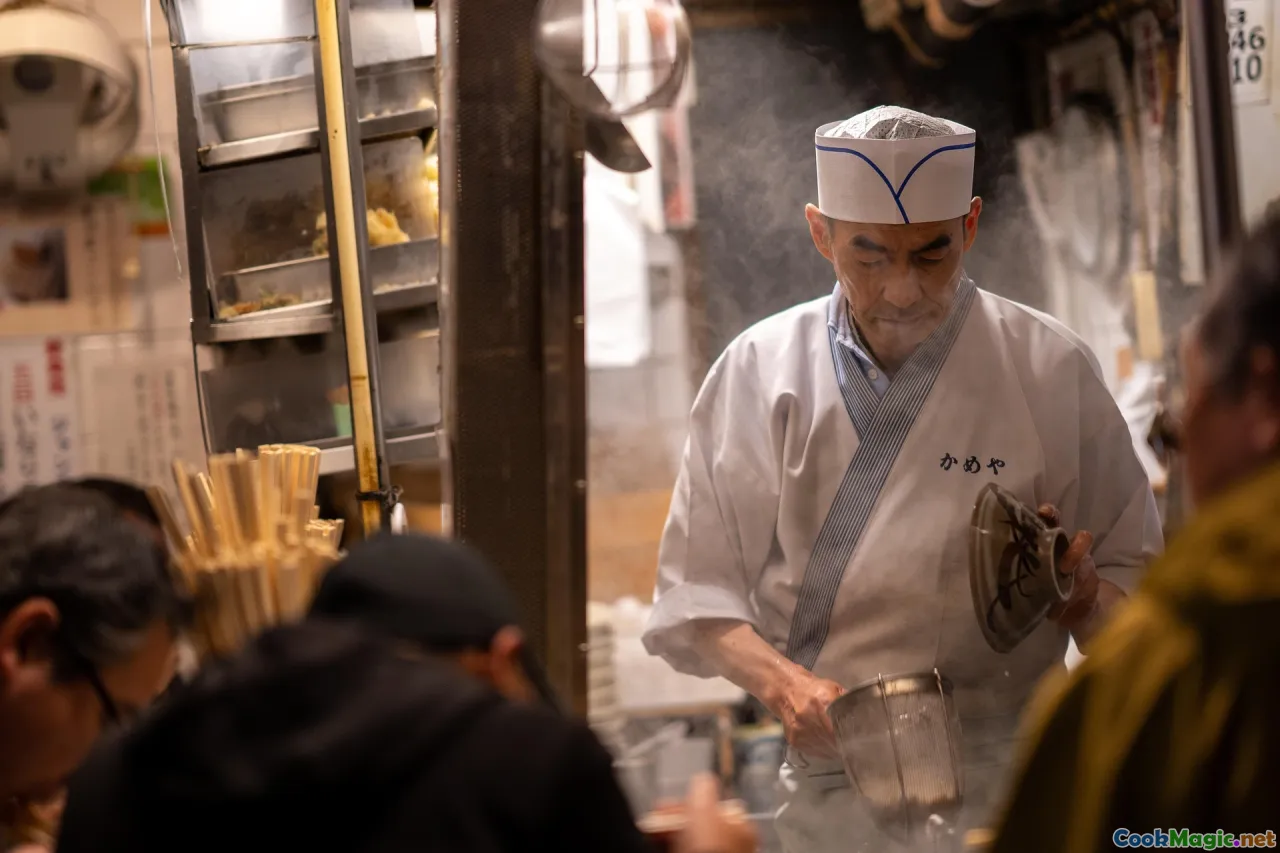
The Effect of Lighting on Dining Perceptions
Walking into a restaurant often feels like stepping into a curated sensory world, where every detail — from the aroma of simmering spices to the tactile feel of tableware — crafts an experience. Yet, among these details, lighting holds an enigmatic power. It influences not just how food appears but how we perceive its taste, aroma, and even its overall cultural significance. As culinary enthusiasts, understanding the psychology and artistry behind restaurant lighting reveals how, often invisibly, ambiance molds our dining perceptions.
The Historical Tapestry of Restaurant Lighting
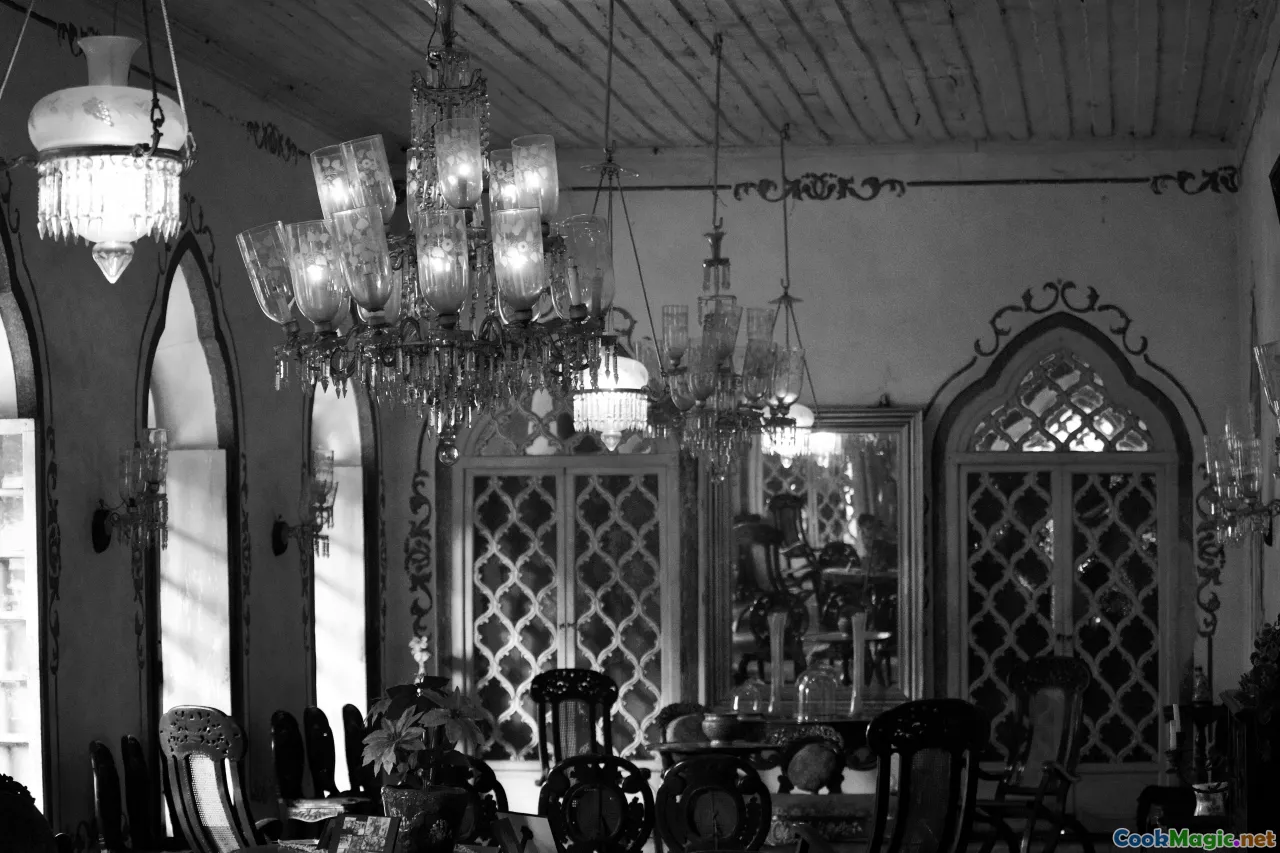
Long before Edison’s light bulb flickered into life, diners reveled in the warm glow of candles, oil lamps, and flickering fireplaces. Think of the Venetian trattorias where candlelight paints a romantic haze or the lively Ottoman coffeehouses illuminated by ornate brass lamps, setting a mood intertwined with tradition and intimacy. Historically, lighting was a symbol of class and civility — wealthy patrons enjoyed well-lit, lavish affairs, while meager illuminations perhaps hinted at austerity.
In Japan, traditional tea houses relied on soft lanterns and fragrant incense, where lighting accentuated the delicate textures of matcha tea and seasonal confections. This historical perspective reveals how light and cultural identity are deeply linked, shaping not just environment but also the emotional core of dining.
Light and the Visual Appeal of Food
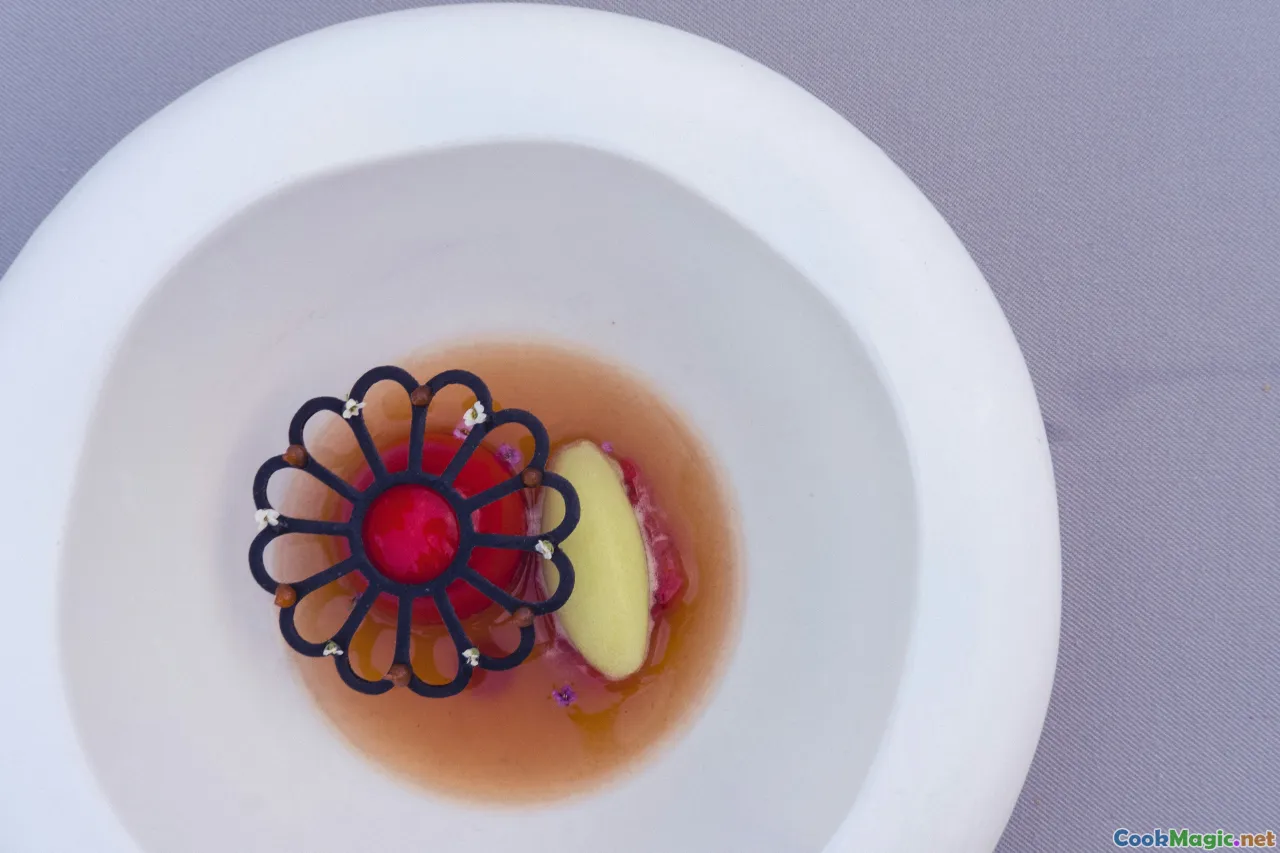
Visual presentation remains central to the dining experience. Lighting magnifies or diminishes elements of our plate — the glossy sheen of a seared foie gras, the vibrant reds of heirloom tomatoes, the textured folds of layered mille-feuille. A well-lit environment makes the hues pop; shadows cast by directional lighting can accentuate textures, from the crispy edges of fried chicken to the velvety interior of a molten chocolate cake.
For instance, some upscale venues employ LED strips along the edges of the table to create a subtle glow that emphasizes the meticulous arrangement of a tasting menu. The minimalist Scandinavian design often uses soft, diffuse lighting that enhances natural colors, providing clarity and freshness that invite the eye — and then the palate.
Washing dishes with different lights: a comparative glance
Imagine a simple pate en croûte served on a rustic wooden platter:
- Under dim, amber lighting, the golden-brown crust appears deeply warm, inviting a comforting, hearty allure.
- Under stark white light, that same pastry might look flat, some nuance lost to shadows.
This contrast demonstrates how lighting can dramatically alter the perceived quality of food, influencing expectations and even taste perceptions.
The Psychological Dimension: Mood and Taste
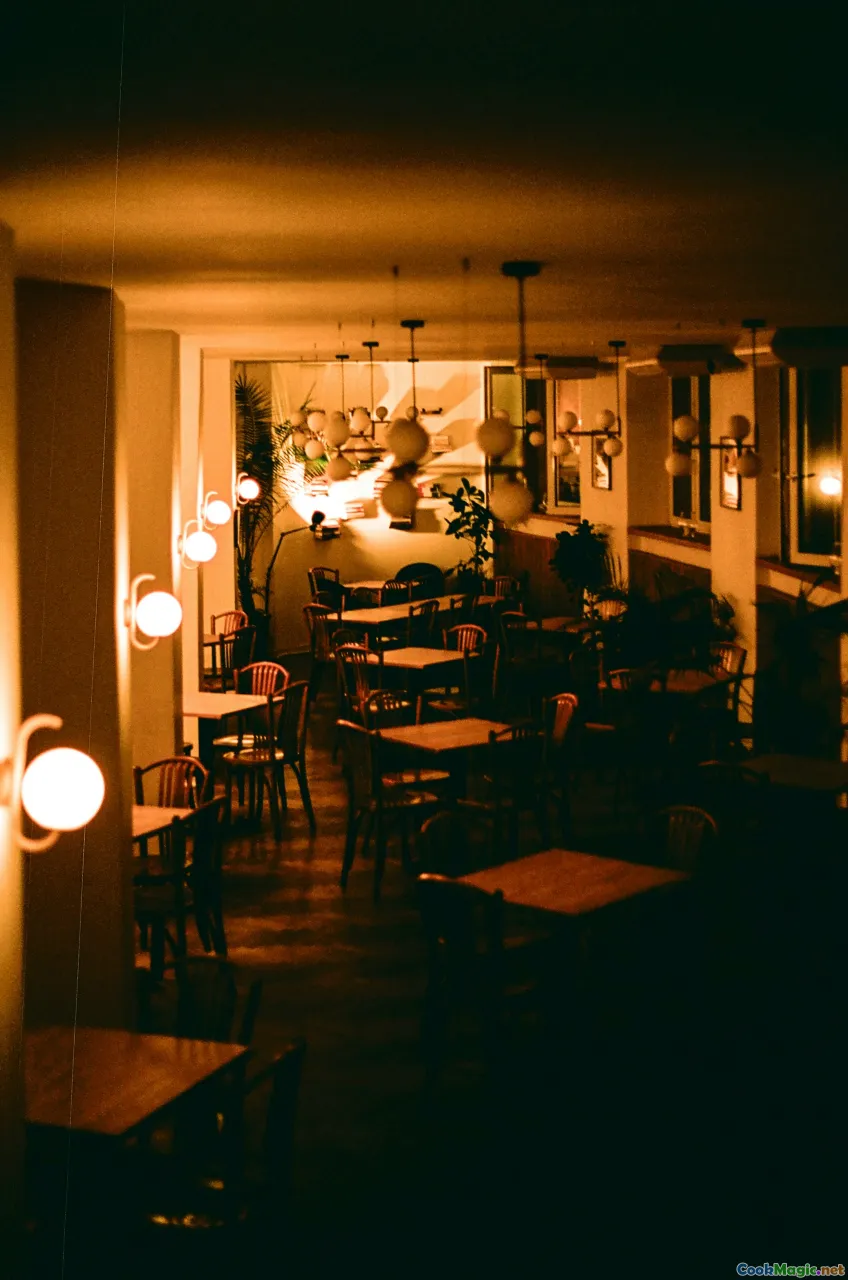
Color temperatures of lighting — warm (3000K), neutral (4000K), and cool (6000K) — significantly impact mood, which in turn influences taste perception. Warm lighting mimics sunset or candlelit dinners, evoking intimacy and comfort. Cool lighting often feels clinical or modern, which might enhance the perception of freshness but dampen the emotional connection.
A 2008 study published in theInternational Journal of Gastronomy and Food Science revealed that diners ate more and rated their food as more flavorful under warm lighting sessions. It aligns with cultural traditions where communal, candlelit meals signal sharing and celebration — think of the bustling, warm kitchens of Spain during tapas nights or Moroccan souks illuminated by softly glowing lanterns.Personal insight: I recall visiting a newly opened Italian trattoria in Rome. The soft glow of dim wall sconces created a romantic backdrop, making even simple pasta carbonara taste more indulgent. The glow seemed to wrap around the plate, softening the edges and amplifying the rich, smoky aroma of pancetta.
Lighting Design and Cultural Identity
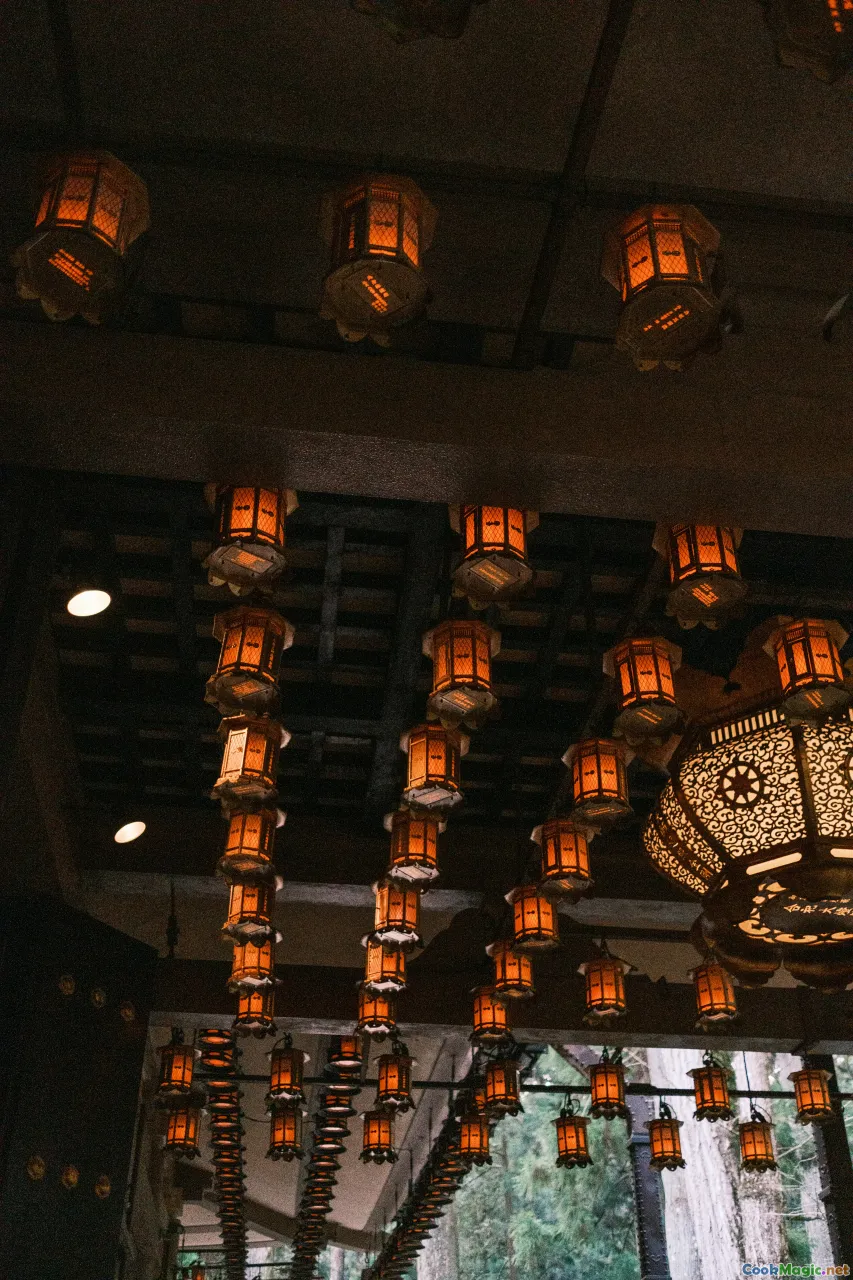
Lighting is also a cultural storyteller. Traditional Chinese teahouses often use paper lanterns that diffuse warm, amber light, echoing centuries of aesthetic harmony and serenity. In contrast, modern Tokyo izakayas employ neon and LED vibrant hues, conveying energy and a forward-looking spirit.
In India, spice markets are illuminated with strings of yellow and orange incandescent bulbs, which tenderly glow against the vivid colors of incoming produce and exotic ingredients. Each cultural setting uses light to reinforce identity and set emotional expectations.
Case study: France’s brilliance in candlelit charm
Many Parisian cafés maintain their heritage through the preservation of warm, dim lighting. The famed Café de Flore’s low-hanging lamps foster intimacy and nostalgia, tempting patrons to linger and savor both conversation and escargot, with visual cues enhancing flavor anticipation.
Practical Tips for Restaurateurs and Chefs
To harness lighting’s power effectively, consider these pragmatic strategies:
- Layer your lighting: Combine ambient, task, and accent lighting to create depth. For example, a warm overhead glow with under-table LED strips builds comfort.
- Match lighting temperature to dish style: Use warm tones for hearty comfort foods, neutral for fresh, crunchy dishes, and cooler hues for modern, minimalist presentations.
- Control intensity: Dimmable options heighten intimacy during dinner hours or special occasions.
- Avoid glare and harsh shadows: Soft, diffuse lighting enhances textures without causing discomfort.
- Incorporate cultural elements: Use traditional lamps, lanterns, or modern abstract fixtures to reinforce ambiance.
Personal Rituals and Ritualistic Lighting
Many culinary traditions incorporate specific lighting to elevate their cultural rituals. In Lebanese homes, the flickering of tea candles somewhere in the background during a Mezza feast creates an ambiance of hospitable warmth. In Japan, ikebana flower arrangements are complemented by the subdued glow of paper lanterns, which harmonize the aesthetic and ritual elements.
In the realm of high-end dining, chefs now design experiences where lighting orchestrates a journey: dawn-lit surprises, twilight reveals, or starlit servings. The multisensory dance involves not just taste but sight, creating memories that linger long after the last bite.
Embracing the Invisible: The Art of Subtle Lighting
Finally, brilliance in lighting often lies in its subtlety. It should serve the food and enhance experience without overpowering it. The goal is clarity and warmth, prompting diners to focus on aromatics, textures, and flavors with as little distraction as possible.
A prime example is Alinea in Chicago, where lighting subtly shifts throughout the dining sequence, guiding emotional responses like a composer controlling the crescendo of a symphony.
Personal reflection: I once dined at a tiny seaside bistro in Provence, where late-evening lanterns cast gentle flickers on fresh seafood laid out on chilled marble tables. The lighting subtly highlighted the glistening freshness of oysters and shrimp, transforming everyday ingredients into objects of art and memory.
As our understanding of the importance of ambiance deepens, the glow that defines a memorable meal becomes clearer. Lighting is more than illumination; it’s a culinary ingredient — an emotional catalyst that enhances our perceptions, connects us to tradition, and elevates taste to a sensory experience that stays with us long after the plates are cleared.









